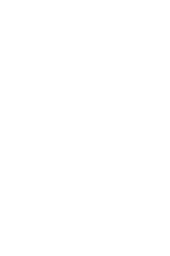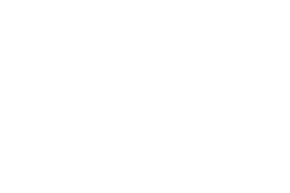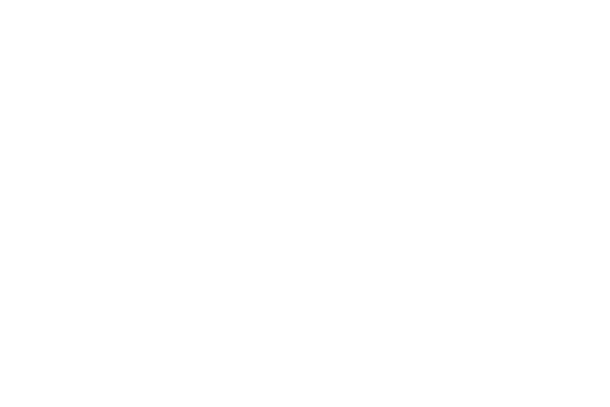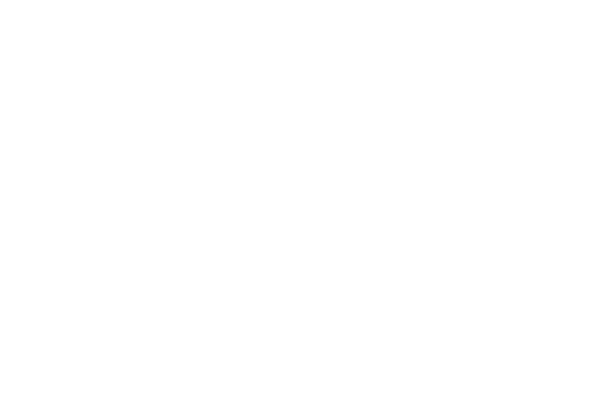 |
 |
 |

|
Jan-Willem van Zijst: Ijstak/Icebranche, 2011; mouth-blown crystal ring, sawn and polished, h 25 cm, hand shaped crystal branch, burnt-on silk screened transfer. Marek Bartko manufactured the series of 250 pieces signed and numbered in Czech Republic
|
|
 |
JAN-WILLEM VAN ZIJST
Glass: Liquid fire - solidfied wish
As glass painter and designer Jan-Willem van Zijst is investigating the 'painting with light': the age-old trade of stained glass painting inspires to ever new applications with today's technical possibilities of the industry and other art applications. Safety glass and insulating glass be edited with stained appliqués, ink-jet printing, screen prints and etchings and for most applications in interior design and architecture. Topic and themes are painting, light, life and death, seeing/the eye and the shard. "On our travels we photographed landscapes and the reflected glare, and those pictures are used in the work such as the tulip fields, the trees, the ridges in the sand, the waves on the sea. After re-working in the computer they are used in the various handlings of the glass or worked into moulds for blowing, kiln forming techniques and for example slumping.
Jan-Willem van Zijst was participant of the Glaskunstbeurs 2011 (glass art fair Leerdam) and made the Fair’s Object 2011 Ijstak (Ice branch).
|

|
Posted 10 May 2013
|
Share this:
|
|
|
|
|
|
|
|

|

|

|
As glass painter and designer Jan-Willem van Zijst (1949, Zeist, NL) www.fenestra-ateliers.biz is investigating the 'painting with light': the age-old trade of stained glass painting inspires to ever new applications with today's technical possibilities of the industry and other art applications. Safety glass and insulating glass be edited with stained appliqués, ink-jet printing, screen prints and etchings and for most applications in interior design and architecture. Topic and themes are painting, light, life and death, seeing/the eye and the shard. "On our travels we photographed landscapes and the reflected glare, and those pictures are used in the work such as the tulip fields, the trees, the ridges in the sand, the waves on the sea. After re-working in the computer they are used in the various handlings of the glass or worked into moulds for blowing, kiln forming techniques and for example slumping.
|
|

Jan-Willem van Zijst
Photo: Alfred Borer
|
|
|
|
|

|

|

|

Jan-Willem van Zijst: grave monument T. vd Linden
|
|
There's not much lost of our knowledge of glass, because glass is throughout our lives. In addition to install exhibiting work ourselves, we visit fairs and symposia, give lectures and then find books, glass museums, strange collections, the latest materials and techniques, and vast pool of interesting people each specialize in specific parts of glass design. Also working on behalf of other artists brings new insights, solutions and techniques that are developed with glass factories and specialists on any terrain. Not bothered by any knowledge of glass, they come with refreshing ideas and the way of the process together with them is an adventure. When working for commissioners are previously developed tests and examples further elaborated for that particular situation and place such as the tomb monument consisting of molten glass shards which together form a circle about a stainless frame following the Enso-sign and these lines by William Blake: "the world in a grain of sand, heaven in a wild flower, end of unemployment in your hands and eternity in an hour."
|
|
|
|
|
|
|

Ann Veronica Janssens: La chapelle Saint-Vincent au cimetière, Grignan, 2012-2013
Executing glass slab sculptures
Photo: Isabelle Arthuis
|
|
|
|
|
|
|
Currently I'm working on commission of Ann Veronica Janssens for a chapel in Grignan in South France, Koen Vanmechelen and other artists and designers and was for the Biennale Kijkduin 2011, I realized the bar of uranium glass which was kiln formed, cut and polished and for Dana Zámekníková glass panels that were ink-jet printed with processed images of the painting The Shipwreck from 1772. The changing light and the landscape are an essential part in the solutions.
Glass and Light; the everlasting fascination
Colours are a paradox: they are the light itself; colours are not visible for the human eye. Colours do not exist ín soap bubbles, neither do they exist in rainbows, nor ín the glass and the glass paints. We don’t live in the cacophonic colourworld we think to see around us. The world only exists of surfaces which are reflecting some parts of the light. Surfaces -we as glass painters and glass designers- will shape on and in the glass.
The sky is not blue, we see it blue.
The soul of Krakatau is the phenomenon of red skies we see by sunsets: in 1883 people saw over the whole wide world a beautiful series of sunsets caused by the dust and its reflection of the light, started with the eruption of the volcano Krakatau in Indonesia.
And with this paradox we are working. We are making the commonplace, the ordinary, corny things of life visible by manipulating the light. We want to make this paradox perceptible.
The fascination for light, the fear of the dark, the cheerful greediness for glow and glittering is the motor for our work.
The amazement of “how is thát possible” gives the observer the time to see the changes. To be aware of the seeing.
The glass painter paints with light; he determines where the colour will come to live, where the light will fall through, where it will be reflected or absorbed. He decides whether there will be light or no light at all.
These possibilities are visible in the two panels Sol & Juno; the consequence that there will be no light, is taken by covering the glass totally. As a damping blanket the lead foil is laying over the stained glass. The sun and the moon, light and darkness, life and death.
Light, proto symbol and primal power, makes the world visible and endurable. The power of light forces respect: lightning, fire, burning sun, beacon, clock, violence and necessity. The natural sunlight, the never-ending movement, the kinetic motor of everlasting alternation.
Light and dark; to see or not to see, to be or not to be.
The glass and the glass artist, glass painting with light, the light that evokes material and image into life and recalls the illusion of something being not of this world.
Glass, the solidification of amorphous material, visible in the non-matter light as fixed wish of our fascination for glare, gloss and glitter, glow and power of precious stones.
Glass so strong and so brittle, so eternal and so perishable keeps up its form by tension. The tension of the material itself, the aggression of shaping, processing and working.
The physical tension of danger. Glass, the danger itself.
Soap bubble and diamond, eye and marble, microscope and telescope.
This light, this sun, this transparency has to be mastered, manipulated and transformed. The light has to be forced to disperse itself, to break, to be pushed back and to be absorbed. The light has to go through the glass and as a result it will take something with it and by doing so it will become visible.
The light, condition for form and colour.
Where does the form begin and where does the light end?
Glass as border material, it is sealing off and protects, it isolates and insulates but also makes the space behind visible; the sensation and the recollecting of feeling the cold border with-your-flat-nose-against-the-window. To experience your breath and to leave your vestige behind. To choose your focus point, zooming in slowly, growing conscious of time and space, of the inner- and the outer space.
Since 1974 me and my wife Angela van der Burght have worked in partnership with the stained-glass artist André van der Burght. In our FENESTRA ATELIERS studio’s in Achel, Belgium, we are designing and executing the stained glass windows, glass panels, and objects. After 1984 we continued Fenestra Ateliers where Angela succeeded her father André in making concepts and designs in close harmony with me. My task is to execute the windows and glass sculptures.
In designing stained glass we want to go back to the Medieval tradition of European stained glass windows made for the cathedrals and chapels. We prefer an expansive monumental plane representation: strong graphic lines and clear colours. The layers of glass will give these planes depth.
Craftsmanship = mastership; the trade of the medieval as a source of inspiration. Practicing the trade of the Vitrearii or fenestrators; tradition and nostalgia asking for consequent and consistent principles to the form. We want to deny the strict division between the fine arts and the applied arts, between glass art and art, between being a glass painter, a designer or an artist. We try to mix the old with the new, we want to explore the limits, we want to formulate new meanings, contents, purposes; we want to design with old and new materials, techniques and constructions.
Glass develops faster and faster, it's a great topic for the science that is searching for new applications, but also by the artists and designers imagine new images and discover so unprecedented properties of light and glass.
www.fenestra-ateliers.biz
Angela van der Burght @ September 2012
Translation Ingrid Bongers
|
|
|
|

Jan-Willem van Zijst: Ice branches, 2013; exposition LandArt Diessen, NL
Ink-jet on glass
|
|
|
|
|
|
|
|
|
|


